Rising Demand for Low-Maintenance Solutions
The artificial turf market in North America experiences a notable surge in demand for low-maintenance landscaping solutions. Homeowners and commercial property managers increasingly seek alternatives to traditional grass due to the high costs associated with water, fertilizers, and mowing. The artificial turf market is projected to grow as consumers recognize the long-term savings and reduced environmental impact. In fact, the market is expected to reach approximately $3 billion by 2026, driven by the desire for aesthetically pleasing yet low-maintenance outdoor spaces. This trend is particularly pronounced in urban areas where water conservation is critical, and the convenience of artificial turf aligns with the busy lifestyles of residents. As awareness of these benefits spreads, the adoption of artificial turf continues to rise, further solidifying its position in the landscaping sector.
Expansion of Sports and Recreational Facilities
The expansion of sports and recreational facilities across North America significantly influences the artificial turf market. As communities invest in new parks, stadiums, and sports complexes, the demand for durable and versatile playing surfaces increases. The artificial turf market benefits from this trend, as synthetic grass provides a consistent playing experience, reducing the risk of injuries associated with natural grass. According to recent estimates, the market for artificial turf in sports applications is expected to grow at a CAGR of 10% through 2027. This growth is fueled by the need for year-round usability and lower maintenance costs, making artificial turf an attractive option for facility managers. Furthermore, the increasing popularity of sports such as soccer and field hockey, which require high-quality playing surfaces, further drives the demand for artificial turf in these facilities.
Technological Innovations in Turf Manufacturing
Technological innovations in turf manufacturing are reshaping the artificial turf market in North America. Advances in materials and production techniques have led to the development of more realistic and durable synthetic grass options. The artificial turf market is witnessing the introduction of products that mimic the look and feel of natural grass while offering enhanced performance characteristics. For instance, new infill materials and tufting technologies improve drainage and reduce heat retention, making artificial turf more appealing for various applications. As these innovations continue to emerge, the market is expected to grow, with projections indicating a potential increase in value to $4 billion by 2028. This growth is driven by the increasing demand for high-quality turf solutions in both residential and commercial sectors, as well as the ongoing quest for improved sustainability in manufacturing processes.
Environmental Regulations and Water Conservation
The artificial turf market in North America is significantly impacted by stringent environmental regulations aimed at promoting water conservation. As drought conditions become more prevalent, municipalities and states are implementing policies that encourage the use of water-efficient landscaping solutions. The artificial turf market stands to benefit from these regulations, as synthetic grass requires minimal water compared to natural lawns. This shift is particularly relevant in regions facing severe water shortages, where the adoption of artificial turf can lead to water savings of up to 70%. Additionally, the market is likely to see increased support from government incentives aimed at promoting sustainable landscaping practices. As awareness of water conservation grows, the artificial turf market is poised for expansion, appealing to environmentally conscious consumers and businesses alike.
Increased Focus on Aesthetic Appeal in Landscaping
The artificial turf market in North America is experiencing a shift towards aesthetic appeal in landscaping. Homeowners and businesses are increasingly prioritizing the visual aspects of their outdoor spaces, leading to a rise in demand for high-quality artificial turf that enhances curb appeal. The artificial turf market is responding to this trend by offering a variety of colors, textures, and styles that cater to diverse design preferences. This focus on aesthetics is particularly evident in urban environments, where outdoor spaces are often limited, and the need for visually appealing solutions is paramount. Market data suggests that the demand for premium artificial turf products is expected to grow by 15% annually, as consumers seek to create beautiful, low-maintenance landscapes. This trend not only drives sales but also encourages innovation in product design, further solidifying the role of artificial turf in modern landscaping.



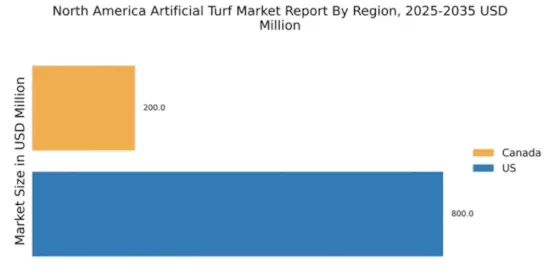
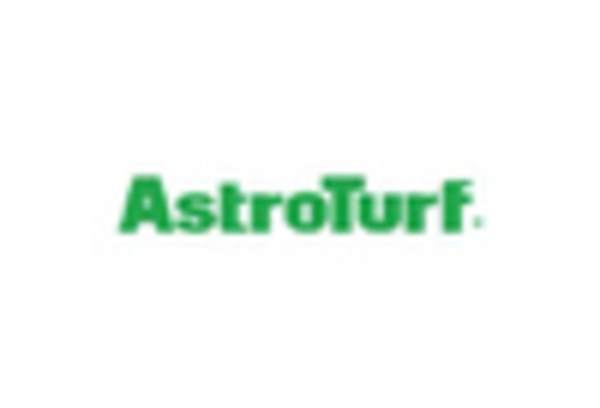
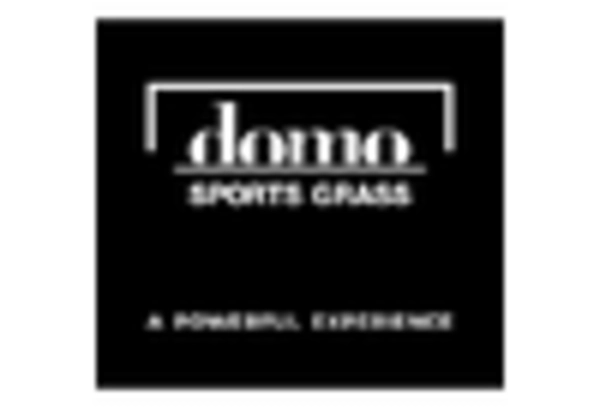

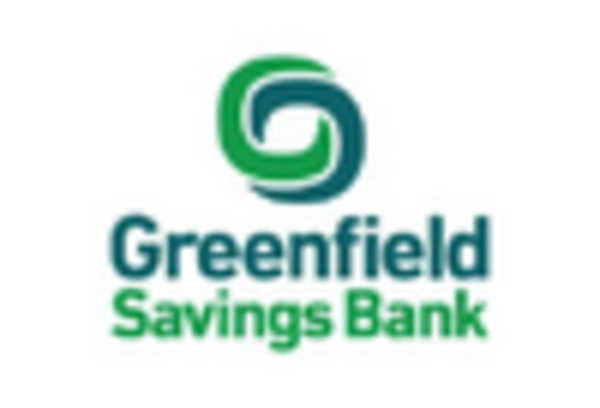

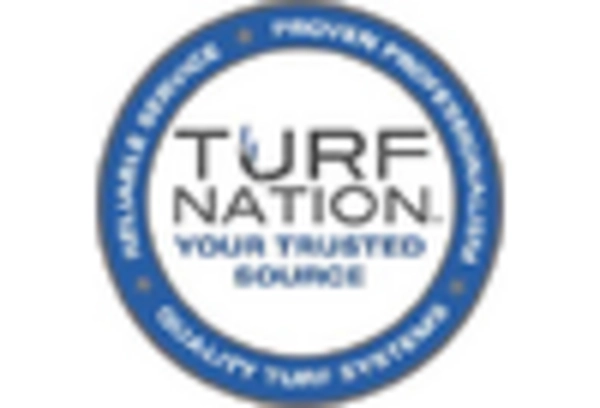








Leave a Comment